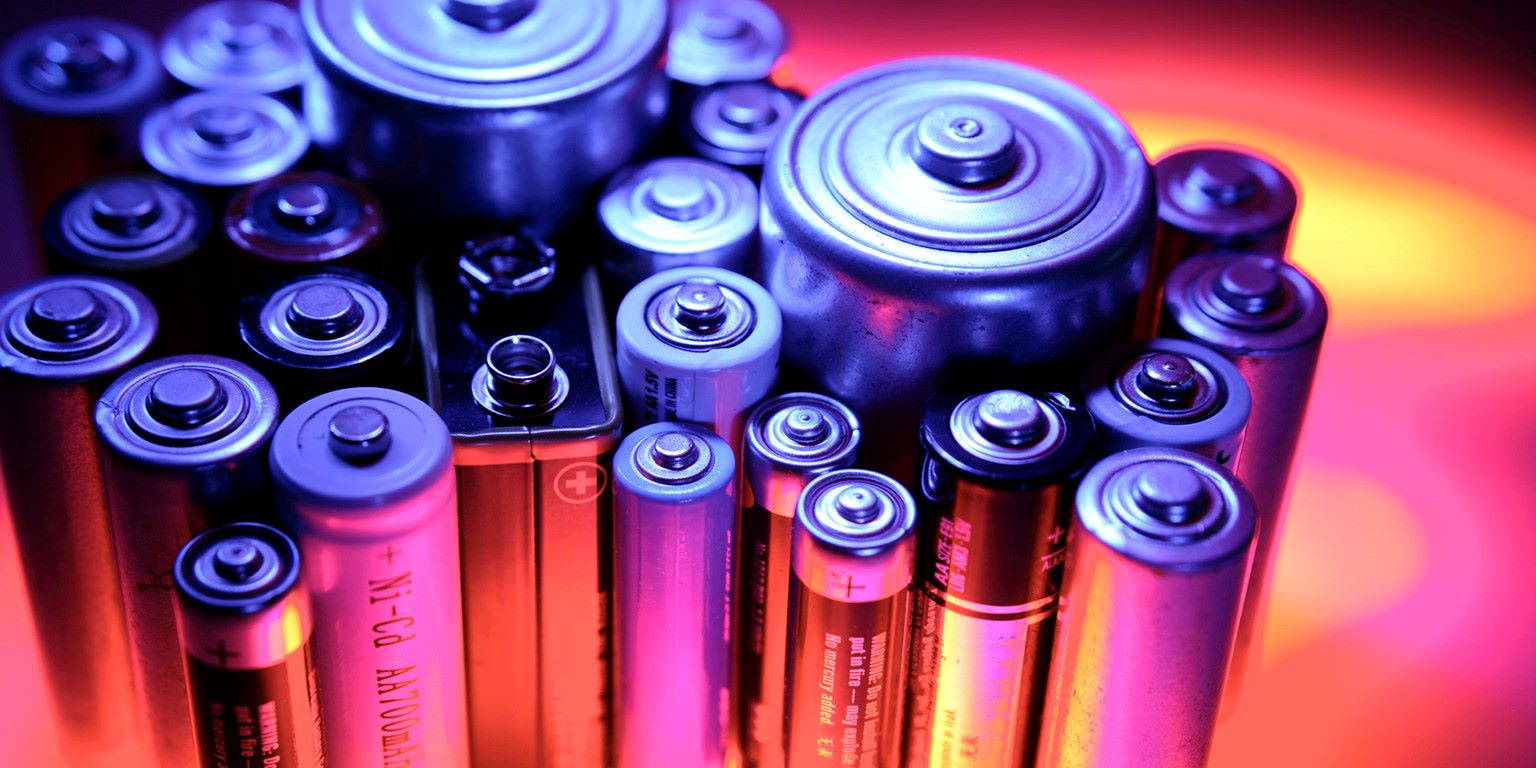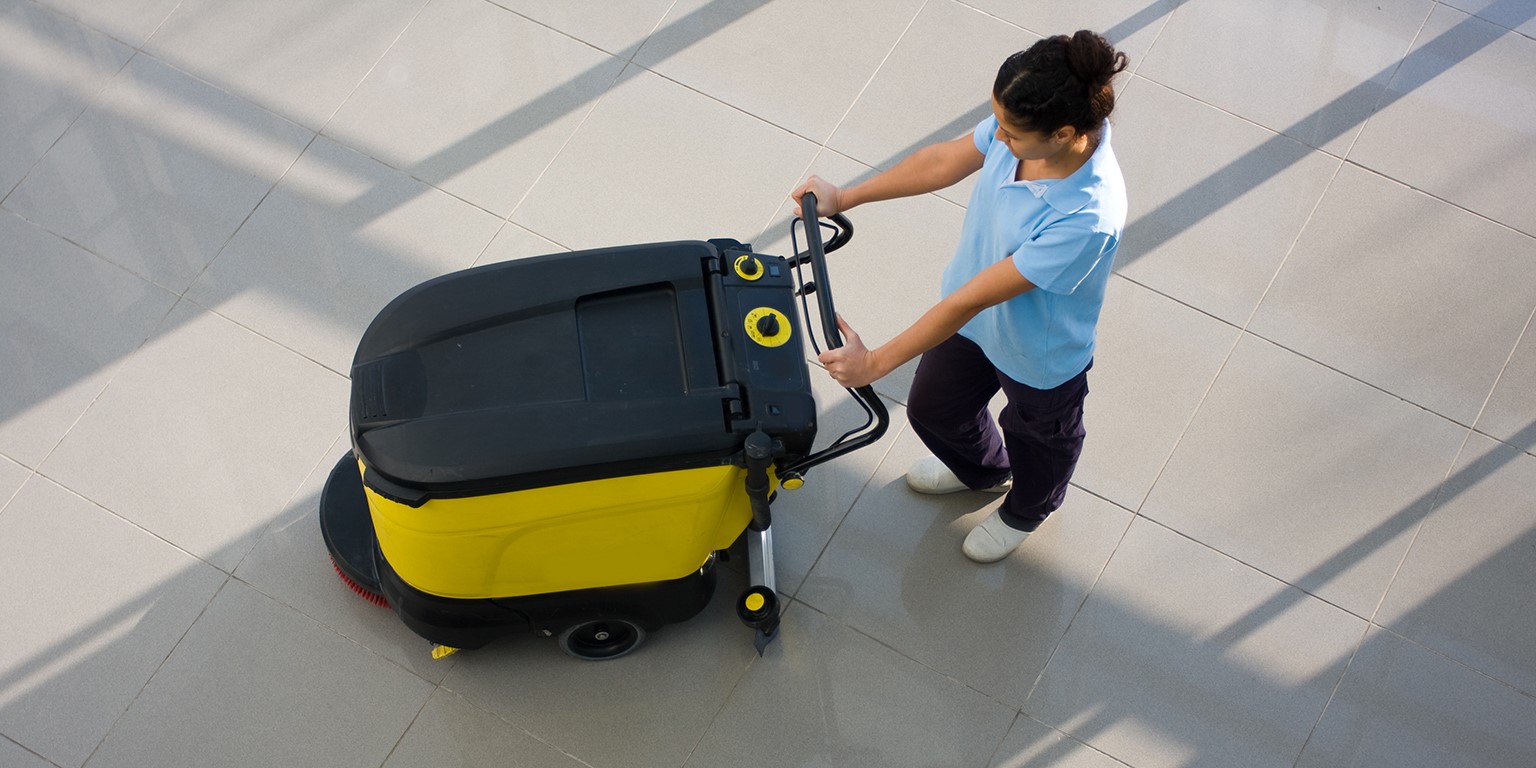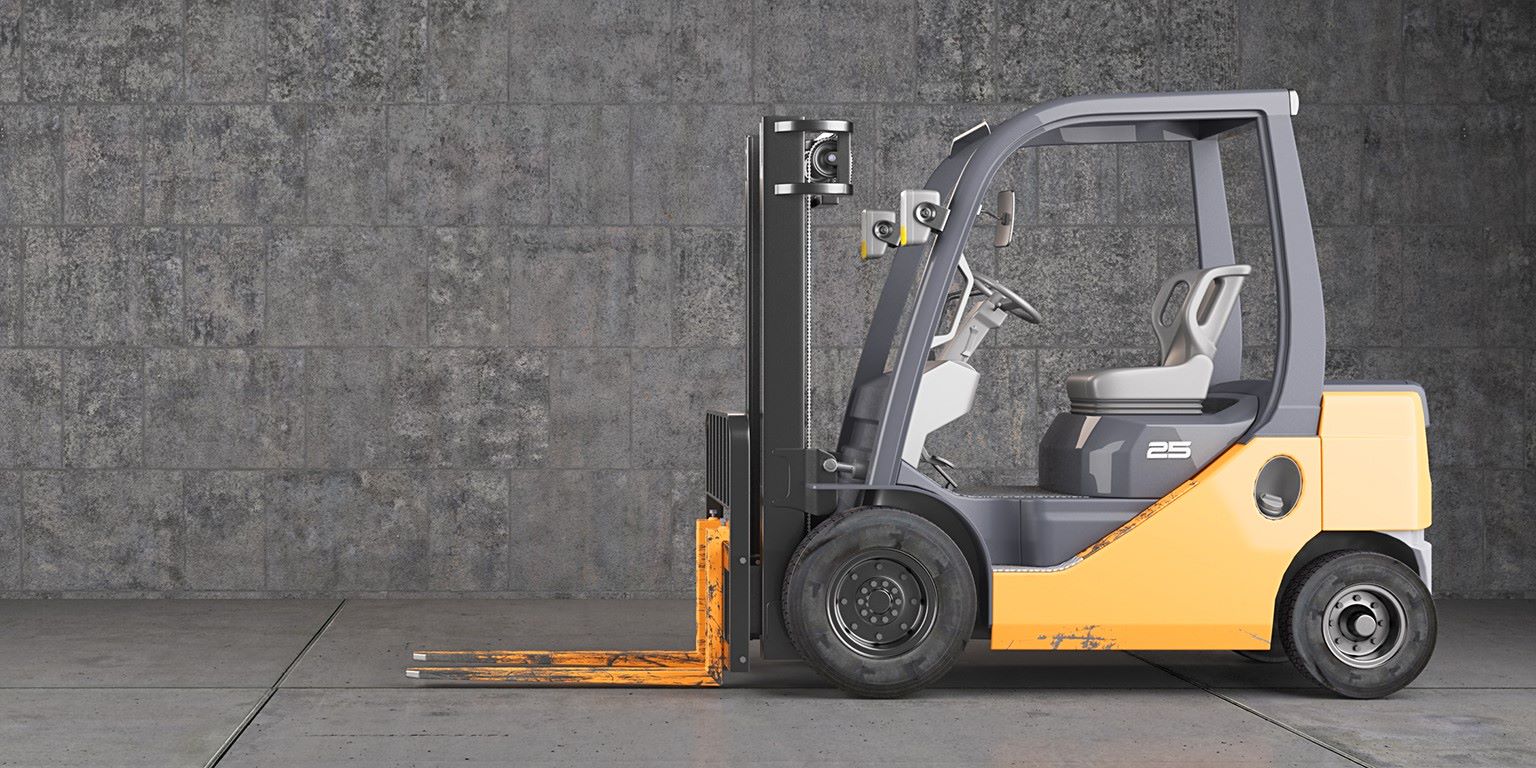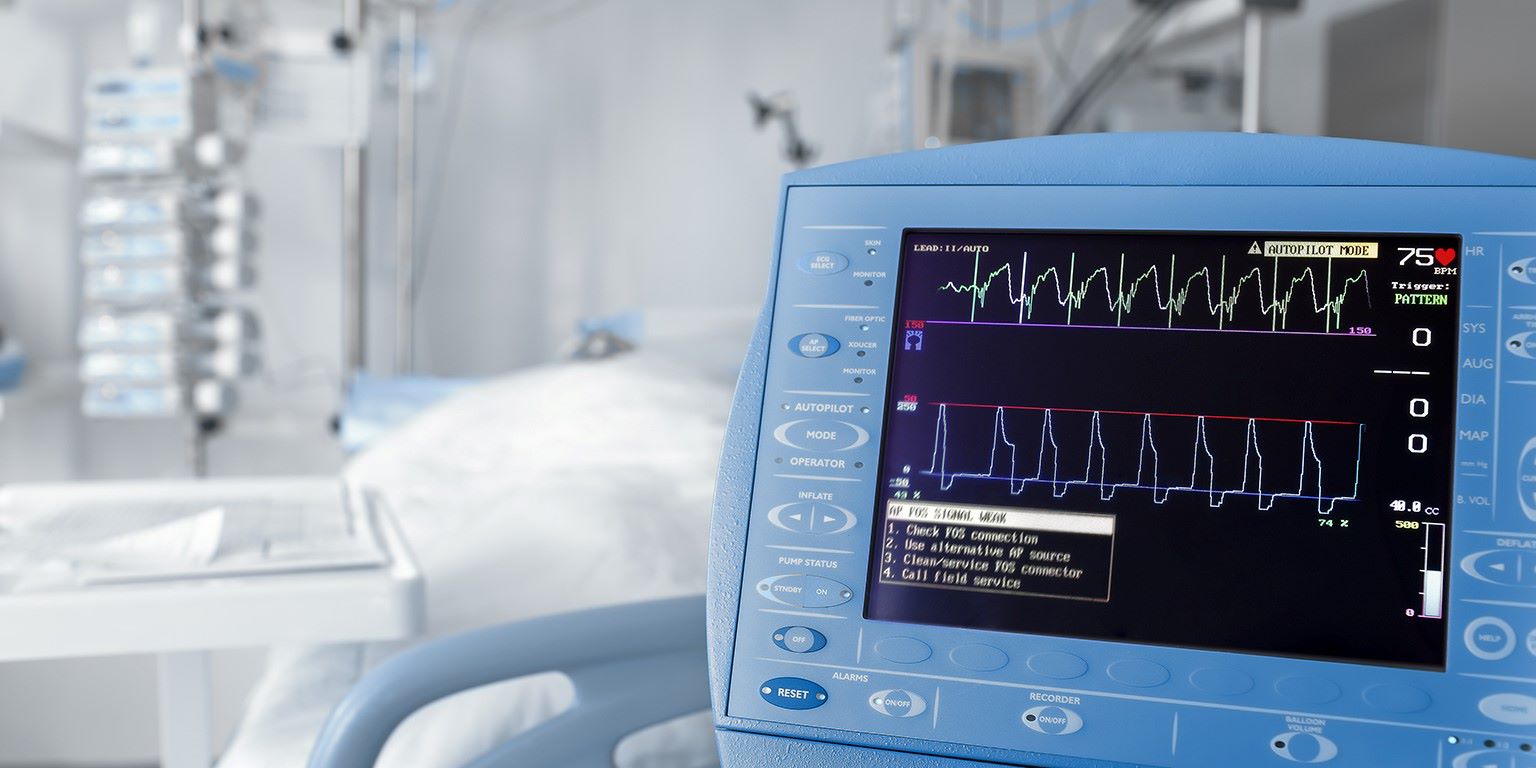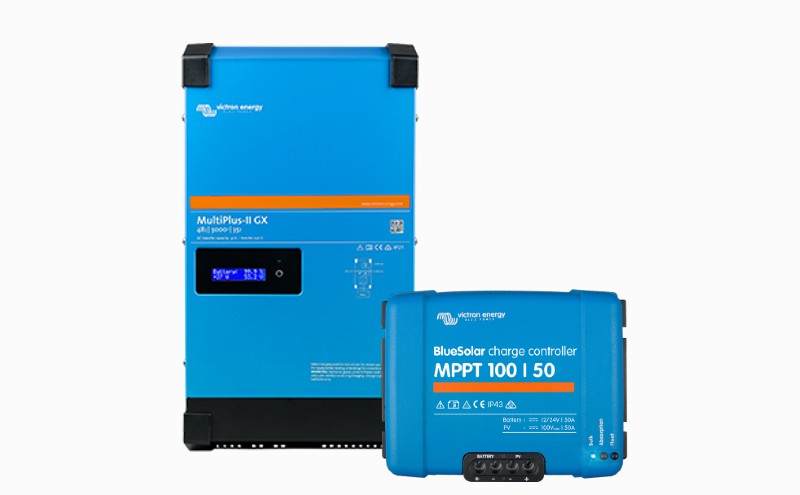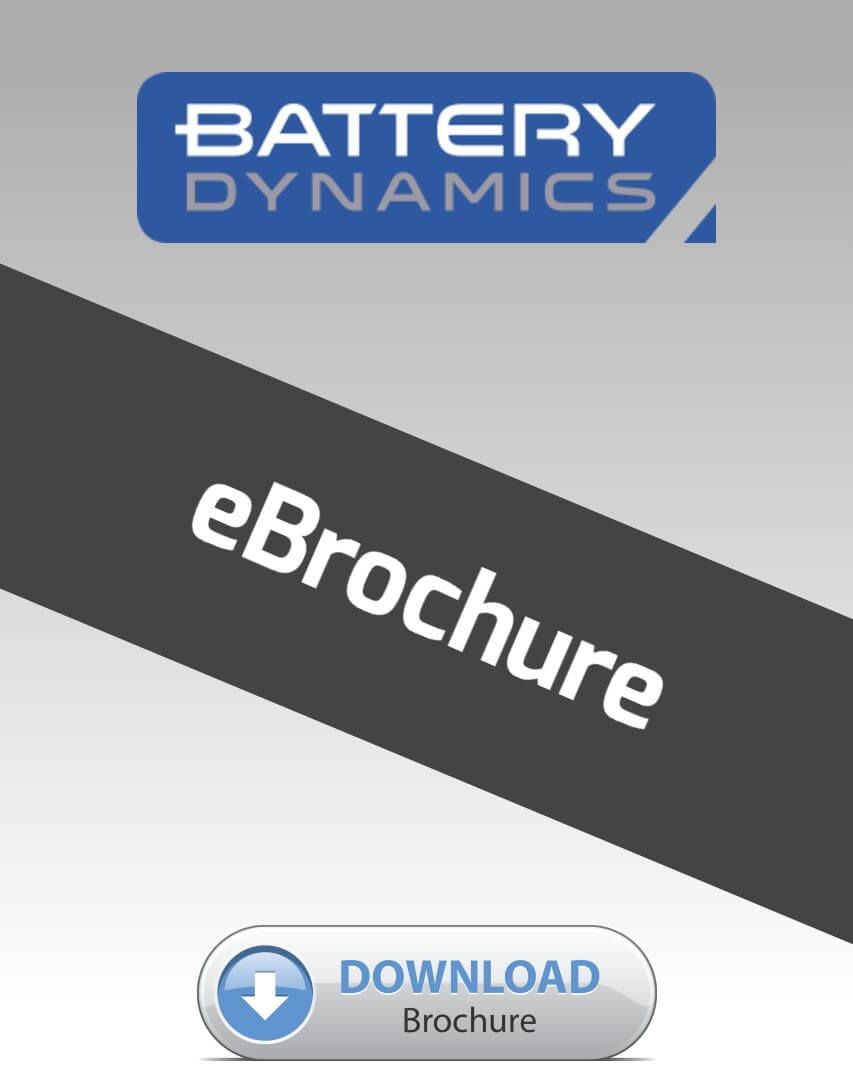We aim to provide the latest information on Products and Services
We regularly update the information on our website with the latest industry news and various resources/literature such as brochures, certification, spec sheets and user guides to support you in understanding your battery requirements.
Upon clicking on the image to your right you will be taken to our downloads section
FAQS
What is CCA?
CCA refers to the Cold Cranking Amps - important for engine start application. CCA can be measured in a number of ways which shows how the battery will perform at certain temperatures.
SAE (Society of Automobile Engineers) standard is the cranking performance of the battery measured at a temperature of -18˚C for 30 seconds.
There are other ways to measure CCA such as ‘EN’, ‘DIN’, ‘IEC’, ‘MCA’, and ‘HCA’. These are measured over different timescales, voltage or temperature. We recommend always comparing batteries tested under the same measurement as they are not comparable.
What is Ah?
Ah (Ampere Hour) is the measurement of the battery capacity or the amount of energy that can be stored in a battery. Ah is important for applications that require a constant supply of energy over a period of time.
Ah is measured in values of C such as C1, C5, C10, C20 and C100. The most common measurement is C20 for most batteries. These figures display the batteries capacity over a period of time for example a 100ah C20 battery can provide 100ah over 20 hours equal to 5ah per hour.
What is RC?
RC (Reserve Capacity) is a rating based on minutes rather than hours. The RC of a battery is the time it can maintain a supply for 25amps in minutes at a temperature of +25°C. Most manufacturers provide RC at a rate of 25amps.
What is a Lead acid Calcium battery
Some Lead Acid Batteries contain an additive of calcium which is a hardening agent within the plate grids which decreases water loss and increases electrical performance, shelf and service life.
What is a Lead Carbon battery?
A Lead Carbon battery is the replacement of the active material of the negative plate by a lead carbon composite which decreases sulfation and enhances charge acceptance of the negative plate.
What is a battery cycle?
A battery cycle is the discharge and recharge of a battery. This is mainly applicable for Leisure, Marine and Industrial batteries which require a deep discharge and recharge multiple times across service life. These batteries require different technology and chemistry to that of a standard starter battery but are still of a lead acid construction.
What is DOD?
DOD (depth of discharge) is the measure of how a battery will perform at a specific level of discharge. If a battery battery is discharged 30% its DOD is 30%. The deeper the discharge on a battery the greater the effect to service life. For application purposes it is important to know the DOD and the conditions it has been tested under. The DOD gives further insight into the number of cycles possible at a certain DOD.
What is ECM?
ECM (Enhanced Cyclic Mat) these batteries have tin plus have a double layer separator to increase service life. It also has an increased amount of electrolyte in the battery and thicker plates to improve cyclic performance.
What is AGM?
AGM (Absorbed Glass Mat) is a technology that uses the absorbed glass material separators to hold the acid to the plates. This product is spill and leak proof as acid is held in the absorbent glass mat. AGM batteries often include Gas Recombination technology to retain the hydrogen and oxygen.
What is a Gel Battery?
Gel batteries are a technology that suspends the electrolyte in an immobilised electrolyte and fumed silica substance. This was developed in order to create a spill proof battery when damaged or dropped. Often Gel batteries are recognised as deep cycle but a large factor in the effectiveness is down to the construction of the plates.
What is TPPL?
TPPL (Thin Plate Pure Lead) is a technology developed with a 99.99% pure virgin lead not alloy. The lead is rolled into thinner plates to allow more plates to be added to the battery creating a greater surface area. Batteries like Odyssey and NorthStar can produce a higher CCA than conventional batteries even at significantly lower temperatures.
What is a Primary Cell?
This is a single use battery. The electricity created from the chemical reaction is used and cannot be recharged
What is a Secondary Cell?
A secondary cell is a battery that can be recharged due to the construction and chemical reaction used.


